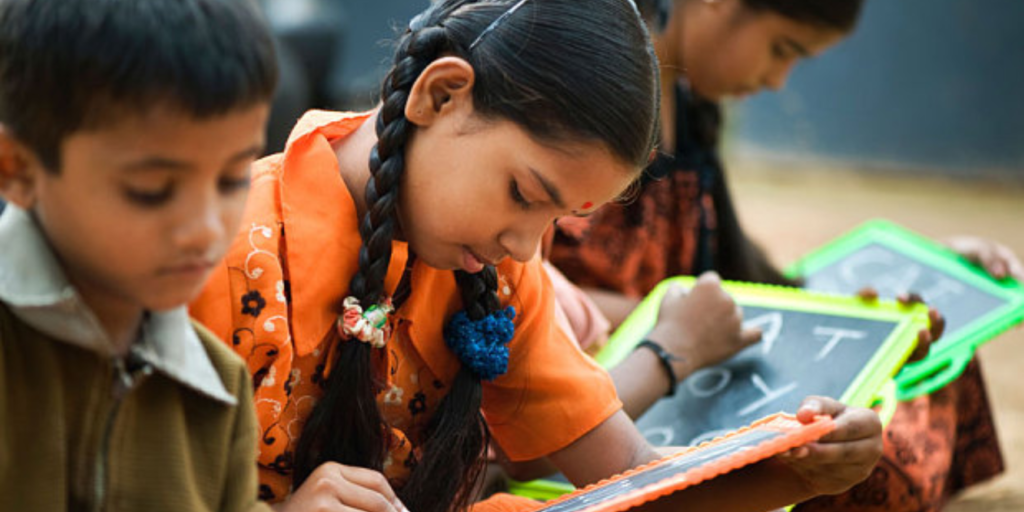Student-teacher dynamics have evolved significantly over the years, especially with the emergence of Generations X, Y, and Z. Understanding these dynamics is crucial for educators to effectively connect with and engage students from different generations. In this article, we will explore the unique characteristics and preferences of each generation and discuss strategies that teachers can employ to foster a positive learning environment.
Generations X: The Independent Learners
Members of Generation X, born between the years 1965 and 1980, have distinct traits that influence their learning preferences. Growing up during a time of rapid technological advancement, Xers are known for their independence, self-reliance, and adaptability. They appreciate teachers who provide clear instructions and encourage critical thinking.
Teachers can engage Generation X students by incorporating technology into their lessons, as this generation is comfortable with digital tools. Using online platforms, interactive activities, and multimedia resources can enhance their learning experience and encourage active participation.
Generations Y: The Digital Natives
Generation Y, also known as Millennials, were born between 1981 and 1996. They are often referred to as digital natives, having grown up with technology as an integral part of their lives. Millennials value collaboration, creativity, and meaningful connections.
To effectively engage Millennials, teachers should embrace technology and create a collaborative learning environment. Utilizing social media, online discussion forums, and group projects can foster peer-to-peer interaction and enhance their learning experience. Providing regular feedback and acknowledging their achievements can also motivate them to excel.
Generation Z: The Tech-Savvy Innovators
Generation Z, born between 1997 and 2012, is the first generation to have grown up entirely in the digital age. They are characterized by their tech-savviness, individualism, and desire for personalization.
Teachers can cater to Generation Z’s preferences by incorporating technology in innovative ways. Virtual reality, gamification, and interactive learning platforms can capture their attention and make the learning process more enjoyable. Additionally, allowing them to express their individuality through projects and assignments can foster their creativity and engagement.
Understanding the student-teacher dynamics across Generations X, Y, and Z is essential for designing effective educational strategies. By recognizing the unique characteristics and preferences of each generation, educators can create a dynamic learning environment that engages and motivates students.
Adapting teaching methodologies to suit the needs of each generation, incorporating technology, promoting collaboration, and fostering creativity are key strategies for successfully navigating the passage through these generations. By embracing these approaches, teachers can bridge the generation gap and cultivate a positive and productive learning experience for all students.

